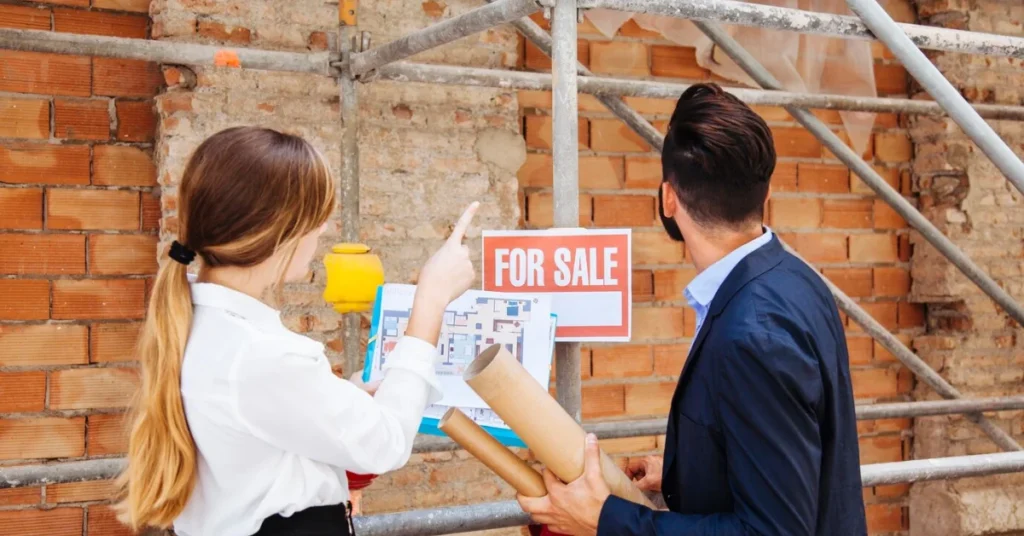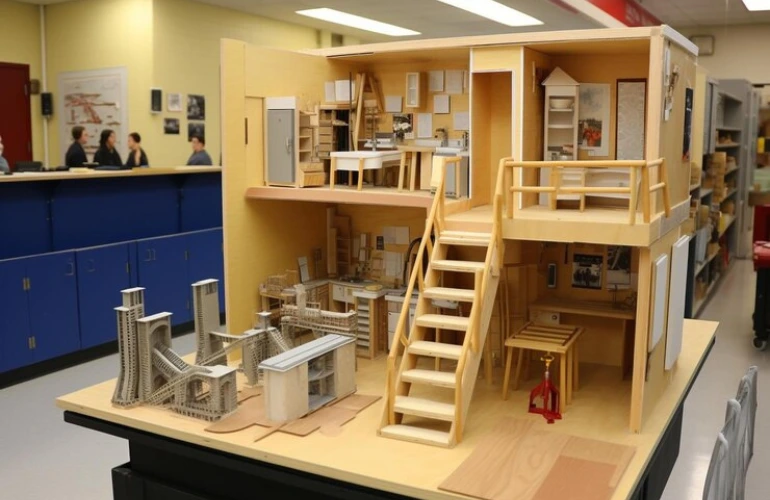A good number of homeowners usually dream of home improvement without having to pay too much money in debt. For a homeowner to raise as much as $10,000 in home improvement, that will be a dream come true for thousands and thousands of them. The grants do serve to assist people in bringing about repairs and improvements which make the homes safe and comfortable. This article breaks down the different types of grants, eligibility requirements, and what is necessary to become successful in the process of applying.

What is a Home Improvement Grant?
A home improvement grant of $10,000 refers to funding assistance that is distributed to homeowners through grants made by government agencies or nonprofit organizations. Since a grant is not repayable, it forms one of the most competitive programs for those with bad credit or simply those looking for a home improvement grant because of issues within their dwelling that require money to rectify or improve them. Structural improvements, energy efficiency, and safety improvements are all covered under these funds. Read more.
Types of Home Improvement Grants:
In addition, there are home improvement grants worth up to $10,000 that are offered by various programs. Knowing them may help decide on which one is best for you.
USDA Rural Development Grants: Under the USDA Rural Development Grant, the USDA offers grants worth up to $10,000 for low-income rural homeowners aged 62 or older. This money is to be used in removing health and safety hazards from their residence.
HUD Title I Property Improvement Loans: The majority of such loans offered in some HUD loan programs contain grants that can be used with loans to finance larger projects. They focus on safety and habitability enhancements.
State and Local Grants: All states have grant programs. Most of them direct such programs to benefit the homeowners in their state from improvements. Grants are often targeted to serve a specific population, whether that is veterans, seniors, or low-income families.
Some of the nonprofit examples include: Habitat for Humanity and Rebuilding Together, where they offer home repair grants or aids to low-income families. They generally focus on community development and revitalization.
Eligibility Criteria to Obtain Home Improvement Grants:
To get the $10,000 Grant for Home Improvement, applicants should be eligible for it based on certain eligibility criteria. Though grant eligibility criteria vary for each program, there are some common eligibility criteria generally observed:
Age: Most grants focus on people of above 62 years of age.
Income Level: You must be of low income as opposed to median income in your area.
Homeownership: You should own and live on the property that you would like to make improvements on.
Location: Grants can differ, but there are some that can be more directed towards rural areas, or specific states. So, get this right, and you’ll have qualifications in line before applying.

How to Apply for a $10,000 Home Improvement Grant?
Apply for a home improvement grant worth $10,000. It’s not a hard procedure, as can be seen through the following simple steps :
Determine Eligible Grants: Identify grants available to you based on your specific situation and location. Websites such as the USDA and HUD maintain comprehensive lists of programs available.
Documentation: Most applications will require proof of income, proof of age if age is a factor, and some form of home ownership.
Complete an application form, found at each grant program. Make sure to fill all of the information with accuracy and the correct form to avoid delay of its processing.
Submission: Each grant program has a specific way of submitting the application. Some can be submitted online while others need post markers.
Follow Up: After submitting your application, it is wise to follow up with the granting agency to confirm receipt and also enquire about the time frame for decision-making.
Tips on How to Improve Your Chances for Approval:
Home improvement grants amounting to $10,000 are competitive. Here are some tips on how you can improve your chances for approval:
State Clearly Your Needs: State why you would require the grant and how it would enhance your living condition.
Provide Evidence: Include photos of the condition of your home and any estimates from contractors that you find pertinent.
Be Organized: Keep all your records organized in such a way that you don’t miss any deadline set for the receiving agency.
Ask for Assistance: If this process becomes too complicated, reach out to organizations within your locality who may assist in preparing your grant application.

Home Improvement Grants FAQs
Qno1: What will this $10,000 grant be used on?
Roof repair or update Plumber work Electrical work Energy-efficient installations Accessibility modifications
Qno2: Are there any fees to apply for these grants?
Applying for government grants is generally free of charge; however, not all nonprofit organizations offer no-cost administrative fees.
Qno3: How long will it take to get funded?
The processing times differ with programs, but most take between a few weeks and several months to process.
Qno4: I’m relocating; I want to sell my home. Am I allowed to use the grant money for cosmetic improvements?
Grants are often made for health and safety improvements, but not usually for cosmetic improvements. Please check in with specific programs to determine your options.
Qno5: What happens if I sell my house within three years of receiving a grant?
In the majority of cases, if one sells their home within three years of getting a grant, then one may have to pay back at least part of it that they had received.
Conclusion: Apply For Grants Available Today
Having a $10,000 home improvement grant will ease financial burdens pertaining to essential repairs and improvements needed in a home. A homeowners’ knowledge of the types of grants available, careful application, and fulfilling the requirements is enough to help homeowners improve their living conditions without debt.
As you put in the grant applications, remind yourself that much research and preparation are part of the success factors. Do not hesitate to contact local organizations or government agencies that may offer further guidance on your path to a safe and comfortable home.










